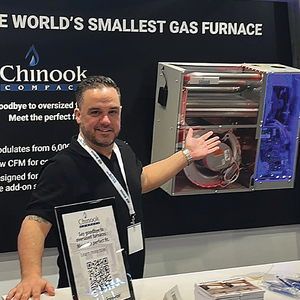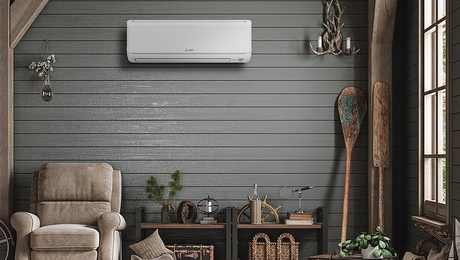Evaporative Cooling
Architect Berry Langford explains how an evaporative cooling unit cools a house by adding humidity

In my article, “Quiet House on a Noisy Street” (FH #145, pp. 104-109), I refer to the house’s evaporative cooler. If you’re from a humid part of the country, say New York or Kentucky, you might not have any idea what an evaporative, or swamp, cooler is. In humid climates, you’re basically left with two cooling options: window fans and air conditioning. But here in the desert Southwest, our low humidity enables us to cool our houses by actually raising the humidity. An evaporative cooler is basically a water-saturated paper or aspen-fiber pad with a fan blowing over it.
During this process, warm outside air is cooled by evaporation and blown into the home. By leaving the windows cracked open, the cooler’s 4800 to 7200 cfm fan replaces warm inside air with fresh outside air that’s filtered and cooled through the evaporative media. In addition, the constant air movement created by an evaporative cooler makes the house feel an additional 4° to 6° cooler than the measurable air temperature.
Evaporative coolers work best during the hottest time of the day. This is because relative humidity drops quickly as the temperature goes up. For example, a morning relative humidity of 60% at 75° will drop to only 31% when the afternoon temperature reaches 95°. Lower relative humidity hastens evaporation and increases cooling potential.
As you might imagine, the cost of powering an evaporative cooler’s fan and a small water pump is far less than running air conditioning. I feel evaporatively cooled air is more comfortable than dried-out, air-conditioned air.
Berry Langford is an architect in Albuquerque, New Mexico. His article “Quiet House on a Noisy Street,” which appears in the February/March 2002 issue of Fine Homebuilding, focuses on noise-reduction strategies (see video). Photo: Berry Langford

























